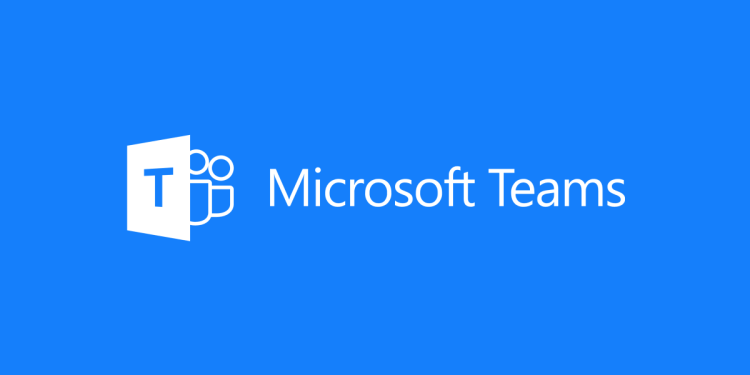Microsoft Teams, which launched worldwide in March 2017, turns two years old this week. To celebrate, Microsoft is sharing some news: Teams is now used by 500,000 organizations, including 91 of the Fortune 100. It’s also getting eight new features: Microsoft Whiteboard, Data Loss Prevention (DLP) in chats and conversations, live events, live captions, information barriers, customized backgrounds, Intelligent Capture, and secure private channels. Three are available today, two are “coming soon,” and three are coming “later this year.”
Microsoft also announced today that the company itself has moved from Skype for Business to Microsoft Teams. After four months, Microsoft’s internal migration of 180,000 employees and vendors to Microsoft Teams is complete. Microsoft is now using Teams for all chat, calling, and meetings (except in countries that block Teams).
Microsoft Teams is currently available in 44 languages across 181 markets. At some point “soon,” Microsoft will also roll out support for nine additional languages: Hindi, Filipino, Bengali, Telugu, Tamil, Marathi, Gujarati, Kannada, and Malayalam.
Comparing to the competition
First, let’s talk about that milestone. The half-million figure is up from 329,000 organizations in September and more than double the 200,000 organizations a year ago. That shouldn’t surprise anyone, as Microsoft for months now has called Teams its fastest-growing business app ever.
June 5th: The AI Audit in NYC
Join us next week in NYC to engage with top executive leaders, delving into strategies for auditing AI models to ensure fairness, optimal performance, and ethical compliance across diverse organizations. Secure your attendance for this exclusive invite-only event.
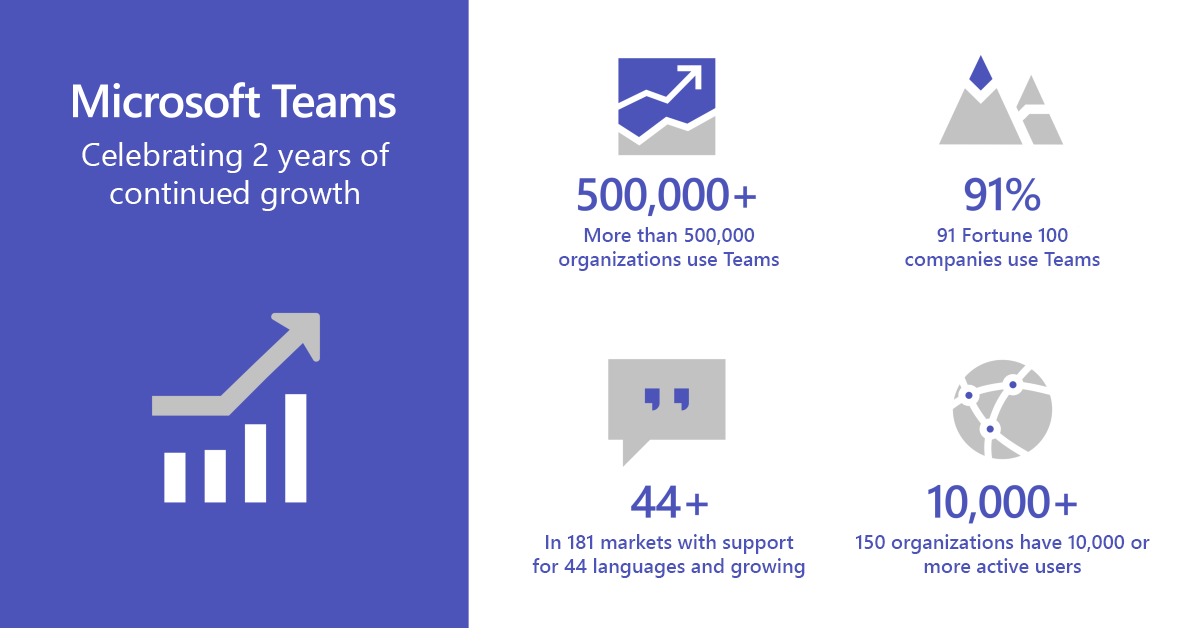
Microsoft has never shared how many individuals are using Teams, its Office 365 chat-based collaboration tool that competes with Google’s Hangouts Chat, Facebook’s Workplace, and Slack. All the company is willing to divulge is that Office 365 had 155 million monthly active business users, as of October 2018.
We can’t make a direct apples-to-apples comparison, but we can guess that Microsoft Teams is bigger than Google’s and Facebook’s offerings, but probably not Slack. If it had more users than Slack, Microsoft would surely share individual numbers.
Google launched Hangouts Chat in February 2018, when 4 million businesses paid for G Suite, and it still hasn’t shared how many organizations use it. Last month, Workplace by Facebook passed 2 million paid users. As of January, Slack had 10 million daily active users. In May 2018, Slack said it had 3 million paid users.
Available now
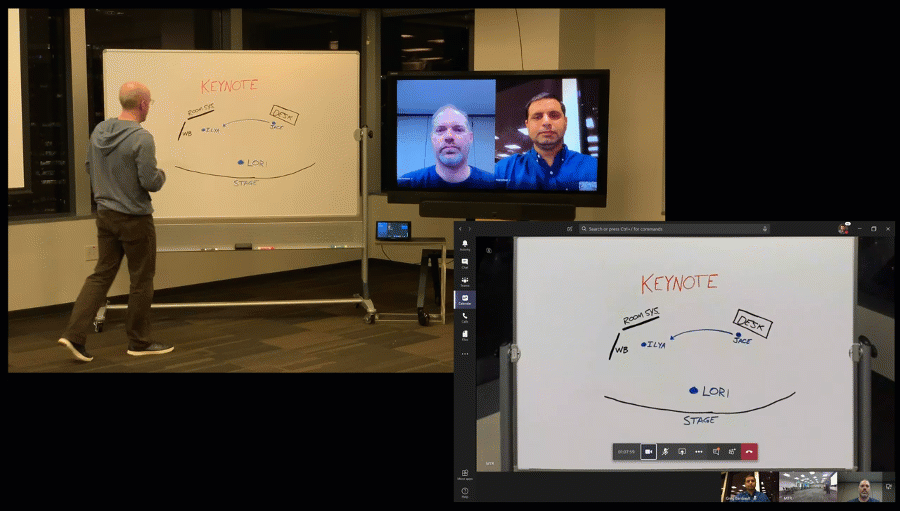
Microsoft Teams received these new features today:
- Microsoft Whiteboard: Available today in public preview, Microsoft Whiteboard lets meeting participants work together on an “infinite canvas” directly in Teams. You can add content from a physical whiteboard onto the Whiteboard canvas without having to recreate it from scratch.
- Data Loss Prevention (DLP) in chats and conversations: Now generally available, DLP lets customers detect, automatically protect, and screen for sensitive information in chats and channel conversations. By creating DLP policies, admins can help prevent sensitive information from unintentionally being shared or leaked either inside or outside of the organization.
- Live events in Microsoft 365: Now generally available, live events let anyone create on-demand events for employees, customers, and partners. Live events use video and interactive discussions across Teams, Stream, or Yammer and support up to 10,000 attendees. You can also catch up later with automatic transcription of the event recording.
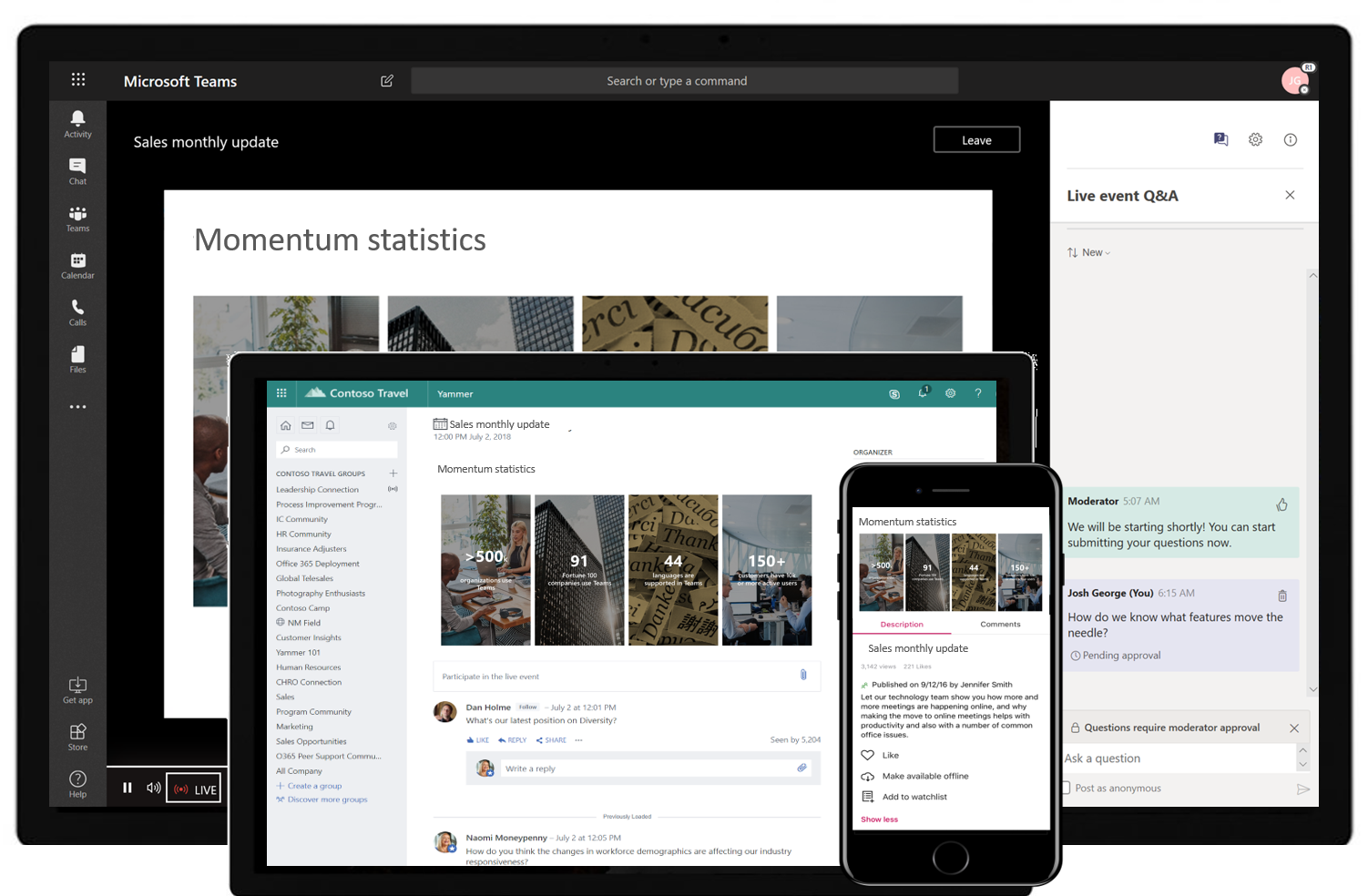
Coming soon
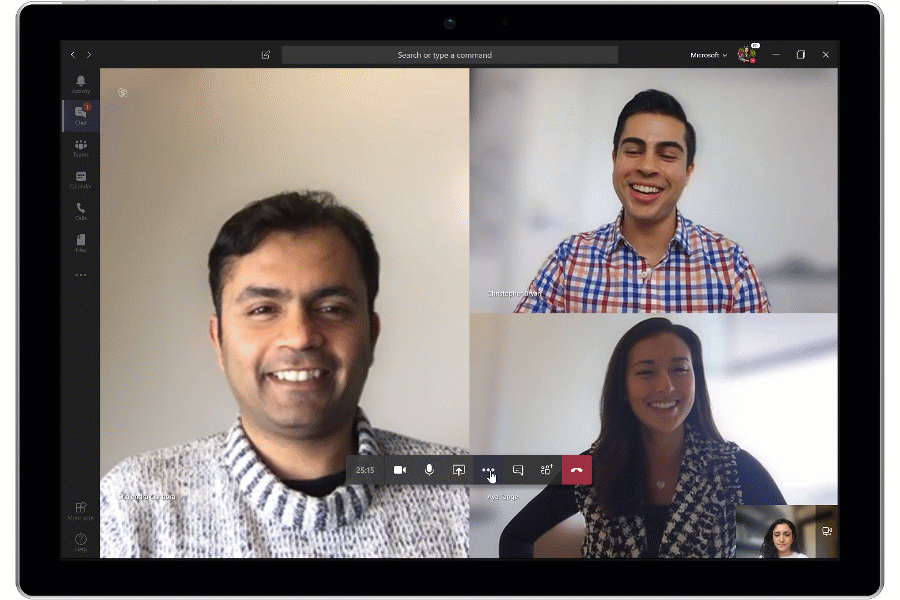
Microsoft Teams is getting these features whenever “soon” is:
- Live captions: Coming soon as a preview in English, live captions make Teams meetings more inclusive for attendees who are deaf or hard of hearing, have different levels of language proficiency, or are connecting from a loud location. Attendees can read speaker captions in real time so they can more easily stay in sync and contribute to the discussion.
- Information barriers: Coming soon, information barriers limit which individuals can communicate and collaborate with each other in Microsoft Teams. This limits the disclosure of information by controlling communication between the holders of information and colleagues representing different interests. This is useful when you need to adhere to ethical walls requirements and other related industry standards and regulations.
Coming later this year
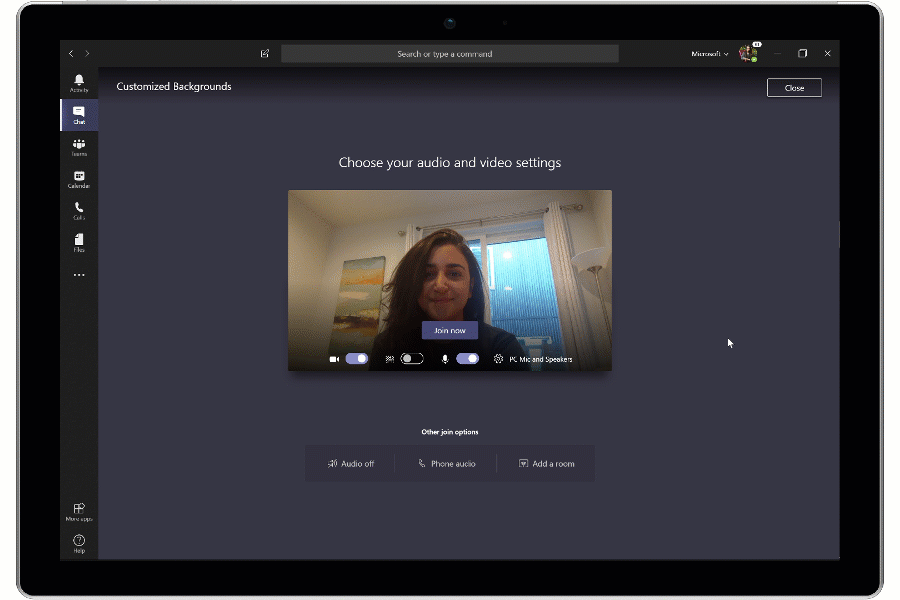
Microsoft Teams will get these features later this year:
- Customized backgrounds build on Microsoft’s intelligent background blur technology further to let participants select a custom background while in a meeting or a video call. These can be a company logo or an office environment, which Microsoft hopes won’t distract during a meeting, or something more fun that might get you fired.
- Content cameras and Intelligent Capture: Microsoft Teams Rooms will soon support capturing content, such as information on analog whiteboards, using any USB camera. Microsoft Teams Rooms will leverage Microsoft’s Intelligent Capture processing to capture, focus, resize, and enhance whiteboard images and text. This will help remote attendees see whiteboard brainstorming in real time, even when someone is standing in front of the whiteboard.
- Secure private channels: Customize which members of the team can see conversations and files associated with a channel. You will be able to restrict channel participation and exposure when needed without having to create separate teams to limit visibility. Microsoft says this is one of its top-requested features and it’s already actively testing it internally and with select customers.
Next year: Microsoft Teams used by 1 million organizations?
